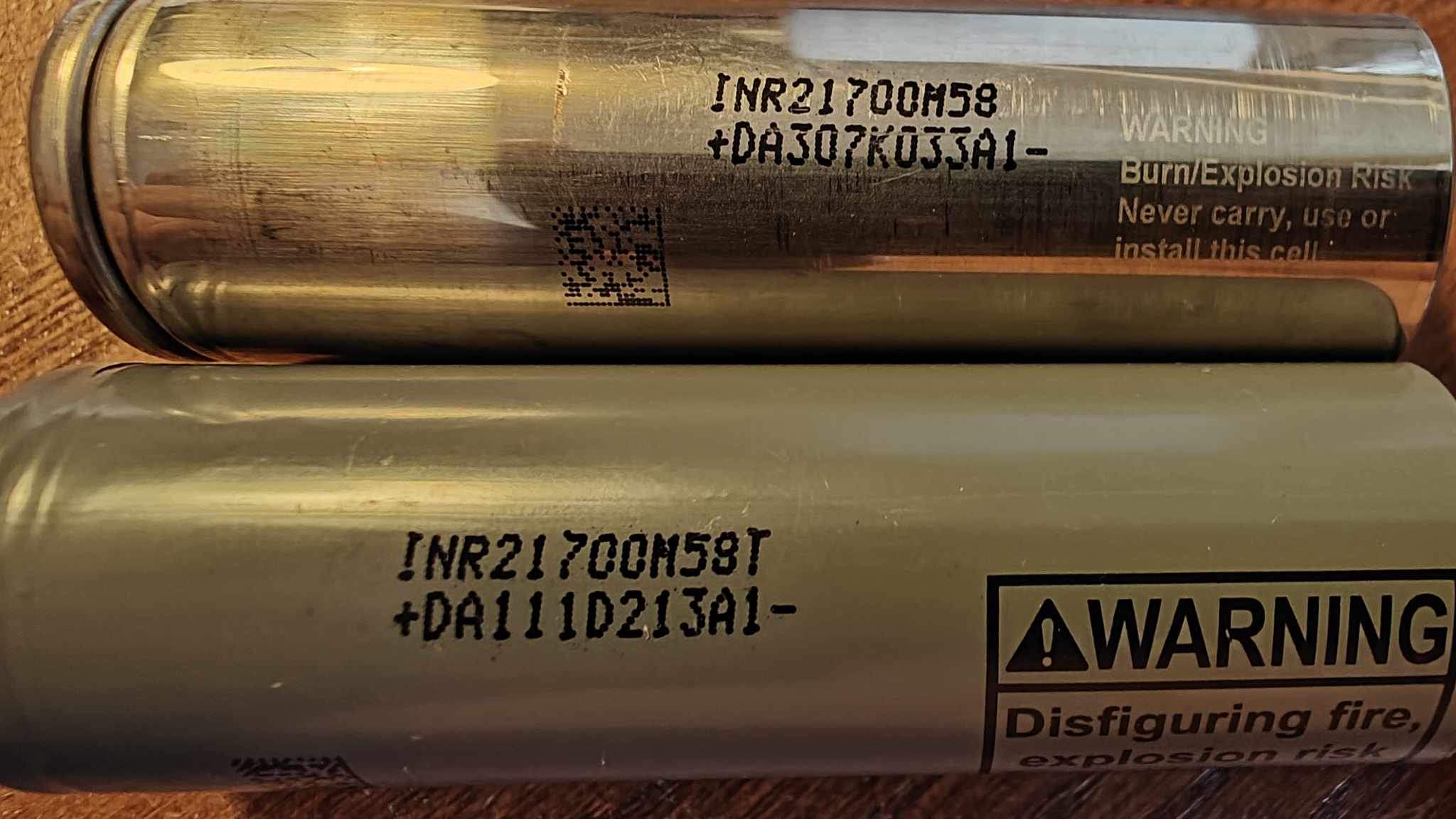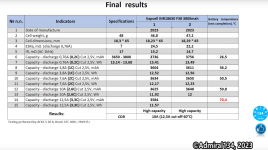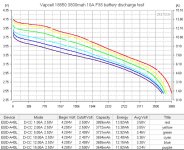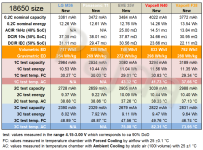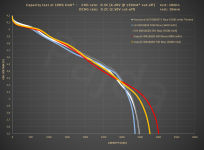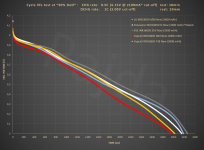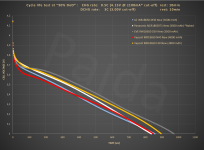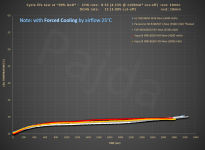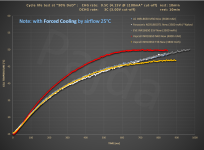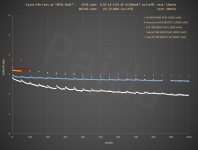Hi Pajda,
I am out to build a 18S5P or 20S5P pack for a hot rod e-bike build, using the N.E.S.E. 21700 modules.... I was looking around to find the latest and greatest Samsung 50S cells (which as advertised were upgraded 50E's). Please forgive me, but I can't figure out what happened to the 50S cells you were testing.... Bottom line is what is the the best cell available at this particular time in history??
Thanks,
Keith
I am out to build a 18S5P or 20S5P pack for a hot rod e-bike build, using the N.E.S.E. 21700 modules.... I was looking around to find the latest and greatest Samsung 50S cells (which as advertised were upgraded 50E's). Please forgive me, but I can't figure out what happened to the 50S cells you were testing.... Bottom line is what is the the best cell available at this particular time in history??
Thanks,
Keith


